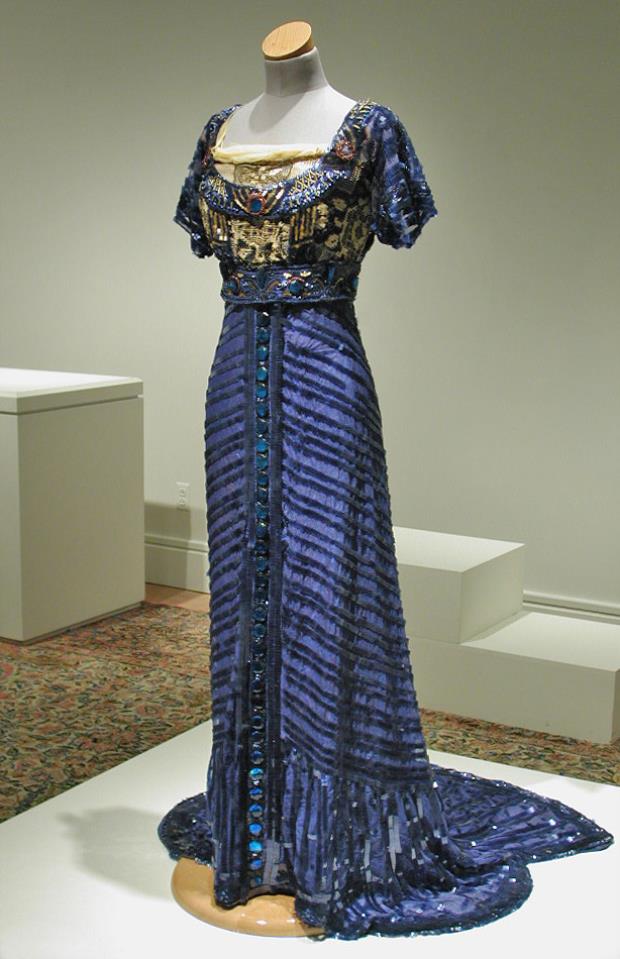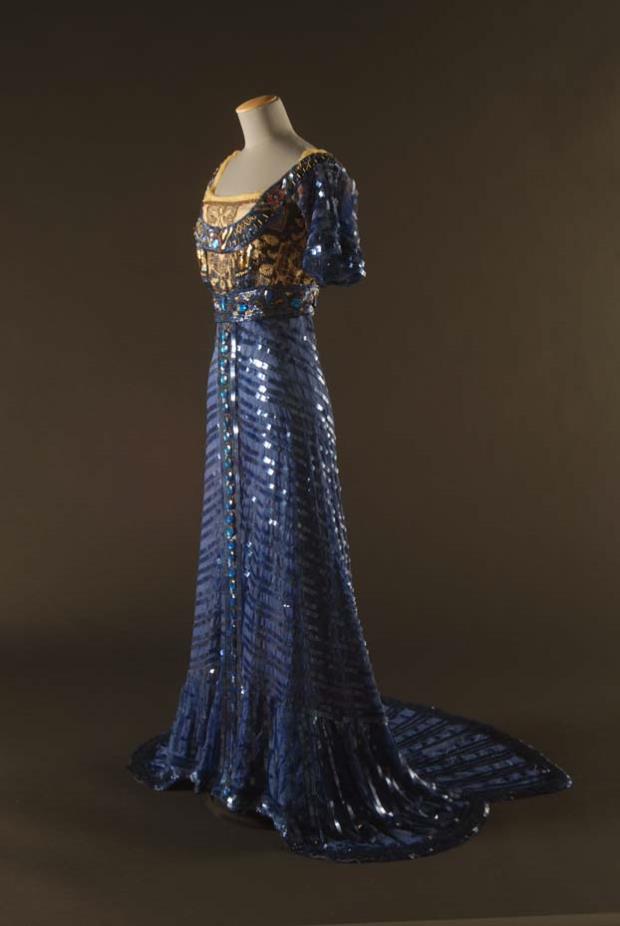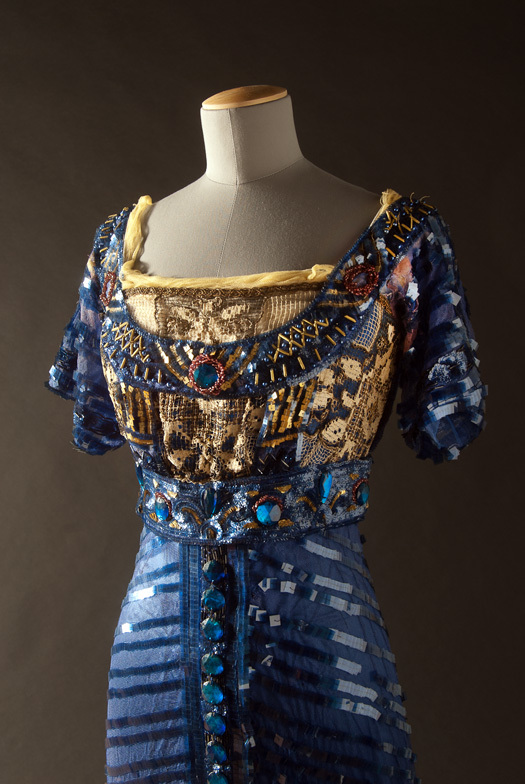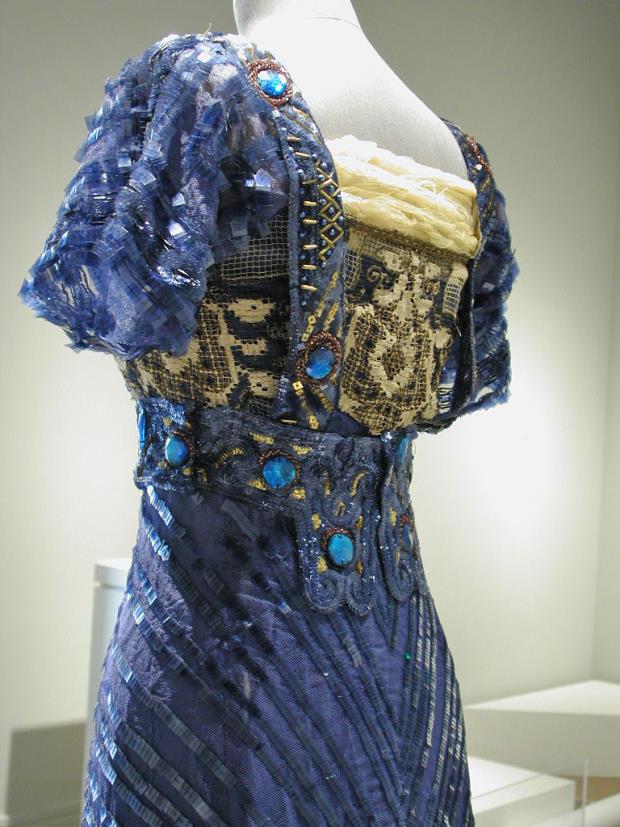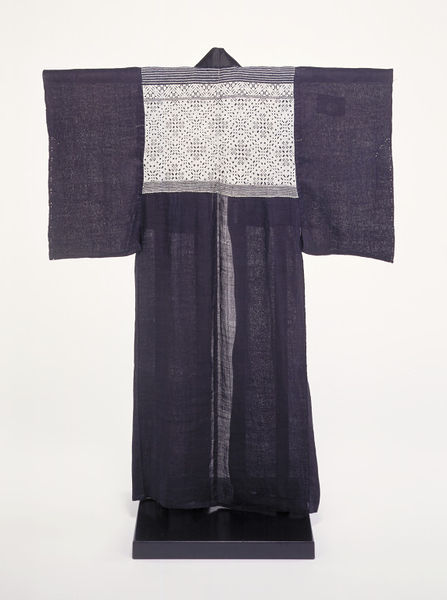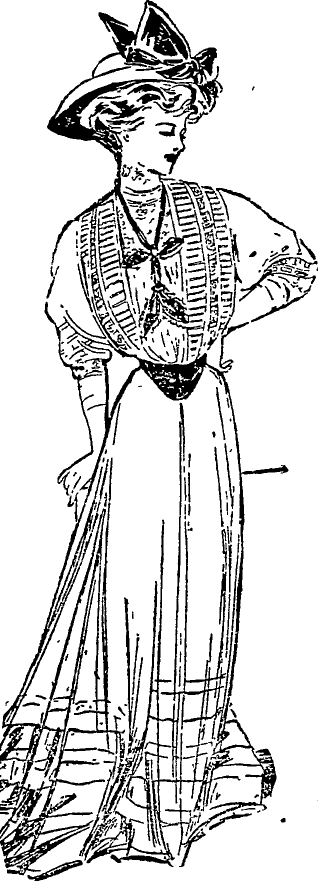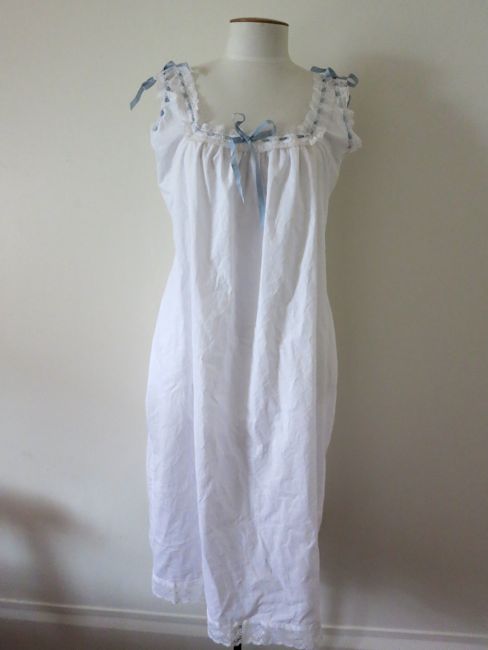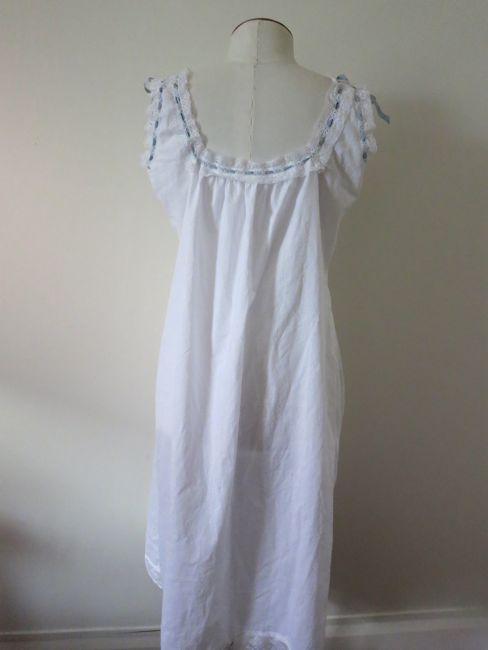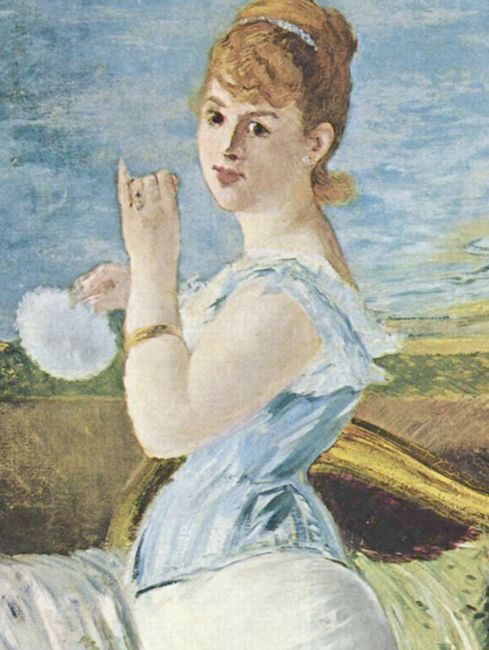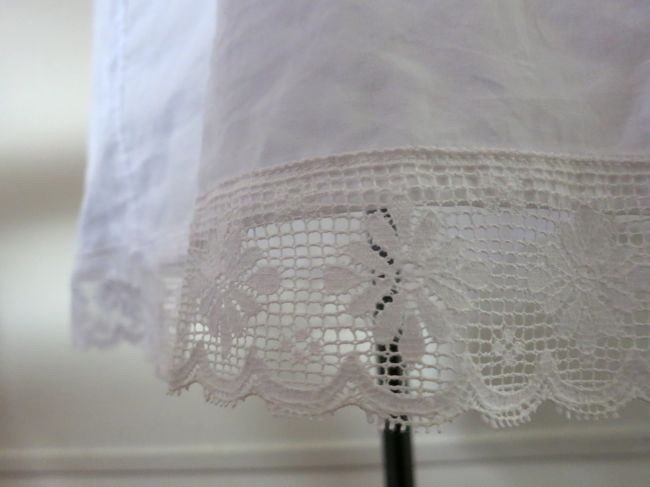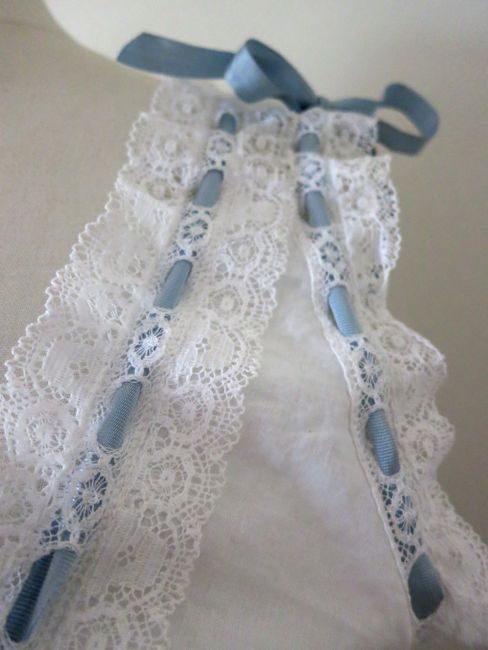When I made my fairytale inspired nettle smock, I promised to write a terminology post for ramie. It’s taken me a little longer than expected, and I wish I’d been able to find more extent period examples of garments from nettle fabrics, but here ’tis. Enjoy!

Ramie is the generic name for a bast fibre fabric made from the stems of plants in the wider nettle family. It is also known as nettle cloth, china grass cloth, grass linen, and rhea. Most of these names denote a specific plant source for the fibre. Nettle cloth usually indicates fabric from the European Urtica dioica, the stinging nettle. China grass cloth comes from white ramie, and is considered to be better quality than rhea, which comes from green ramie).
Most of the ramie that is sold today is china grass/white ramie, and comes from the plant Boehmeria nivea, native to China and Japan, but widespread throughout Asia from ancient times. Both white and green ramie were used historically across Asia. Nettle fabric in Europe was made from stinging nettles. In this post I will use ramie to mean fibre from white and green ramie, and nettle cloth to mean fibre from stinging nettles whenever possible.
Ramie, like linen, is a bast fibre, made from the cellulose stalk of a plant. Ramie stalks have a very gummy sap, and require a labour-intensive de-gumming process, which is part of the reason that ramie is not generally as commercially popular as linen. If improperly de-gummed and cleaned, ramie is quite rough, and becomes brittle very easily. If properly processed, ramie fibres are naturally white, and do not require significant additional bleaching. They are also stronger than any other natural fibre, do not loose strength when wet, and are naturally antibacterial. Ramie is easy to dye.
China grass cloth is sometimes used as the name for a fabric made from woven strips of un-de-gummed ramie, which would gradually de-gumm as the garment was worn and washed, so the garment would actually become cleaner and softer through years of use.
In terms of appearance, handle, and wear, ramie is most like linen. The ramie fabric I have seen and handled look much like linen, but are sheerer, finer, and thinner than linens of the same thread count, but with a slightly fuzzier surface. Ramie also creases significantly less than linen, though my sources say that ramie becomes brittle and liable to crack with age. Historically, extremely high quality ramie has been used as an alternative to silk, and there may even have been ramie velvets. Unfortunately I have never seen or handled a nettle cloth in person, and cannot comment on how it compares to ramie.
Ramie is frequently blended with other fibres, to improve the qualities of both fibres, and mitigate their drawbacks. Ramie is blended with synthetics for breathability, but with more strength than if the synthetics were blended with linen or cotton. It is blended with wool to add strength to the wool and to soften the wool, linen to decrease creasing (no pun intended), and silk for cost, breathability, and washability.
Ramie was used extensively in Egyptian mummy wrappings between 5,000-3,000BC, and there is strong evidence that ramie was used to make clothing for farmers and other working classes in China as early as 5,000 years ago. Ramie fabric may have been imported into Ancient Rome along the Silk Road. There are also claims that some North American Indian tribes wove cloth of nettles.
Nettle cloth has been used in Europe since at least the Bronze Age, and recent archeological finds show that nettle cloth was traded across Europe, and worn and woven far from where it was grown.
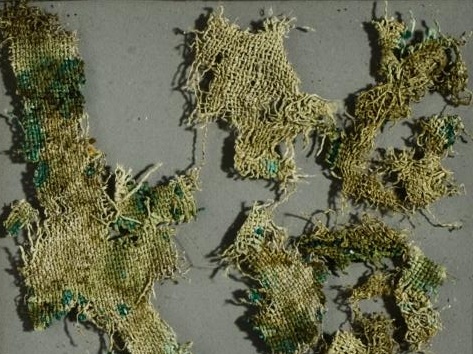
Nettle cloth made in the Bronze Age, 2,800 years ago. National Museum of Denmark
Nettles were grown and woven into cloth in Europe almost continuously from the Bronze Age until the 19th century, with fluctuations in popularity based on changes in climate and the availability of other fabrics. The late 15th century inventory of the Palazzo Medici lists numerous pieces of nettle cloth. In the 17th & 18th century nettle cloth was sometimes (though not as commonly as is often claimed) called Scots cloth, probably because nettle cloth was manufactured and was particularly popular in Scotland.
It was only in the 1870s, with the invention of an economically viable mechanical de-gumming process, that ramie displaced nettle cloth in Western fashion. Ramie blend fabrics soon appeared on the market under a variety of names: ‘Japan silk’, ‘Canton goods’, ‘grass linen’ and ‘Nankin linen’ were all euphemisms for ramie-blends in the 1870s. Some contemporary textile watchers claimed that extensive amounts of the silk fabrics sold in the last quarter of the 19th century were adulterated with ramie. It would be interesting to see if modern technology could test this claim.
Ramie was in vogue in its own right in the early 20th century as part of the fashion for crisp, white and neutral fabrics. According to fashion columns white ramie was known as ‘tuxedo‘
Nettle cloth was pressed back into use during WWI, when the seriously under-prepared German Army (they were so sure of victory that they went to war with supplies for less than three weeks of fighting) resorted to nettle cloth uniforms, using an estimated two-thousand tons of wild stinging nettle plants in their manufacture. It took almost 45kg to make one shirt – quite an effort!
Ramie remained popular throughout the rest of the world for clothes and millinery, though the supply was sometimes interrupted by the World Wars.
Today ramie is grown commercially in China, the Philippines, Brazil, and in small quantities in India and the US. US production has apparently been in a steady decline throughout the 2nd half of the 20th century, and worldwide production appears to have peaked in the 1970s. Most ramie is used for industrial applications: mixed with jute as carpet backings, blended into car upholstery, and use for cord and rope. Ramie popularity for fashion garments fluctuates hugely, based partly on trends, and partly on reactions to fluctuations in the prices of other fibres. When cotton, linen, or polyester prices rise, ramie is more likely to be commercially viable, and to appear on the catwalks and in your local fabric store.
Sources:
Buchanan, Rita. A Weaver’s Garden: Growing Plants for Natural Dyes and Fibers. Mineola, New York: Dover Publications. 1999
Cumming, Valerie and Cunnington, C.W.; Cunnington, P.E, The Dictionary of Fashion History (Rev., updated ed.). Oxford: Berg Publishers. 2010
Ghosh, G. K., and Ghosh, Shukla. Indian Textiles: Past & Present. New Delhi: APH Publishing Corporations. 1995
Lewin, Menachem, and Pearce, Eli M (ed). Handbook of Fibre Chemistry, Second Edition, Revised and Expanded. New York, New York: Marcel Dekker Inc, 1998
Linduff, Katheryn M, Rubison, Karen S (ed). Are All Warriors Male? : Gender Roles on the Ancient Eurasian Steppes. Plymouth, UK: AltaMira Press. 2008
Maitra, K. Encyclopaedic Dictionary of Clothing and Textiles. New Delhi: Mittal Publications. 2007
Needham, Joseph. Science and Civilization in China. Cambridge: University Press. 1988
